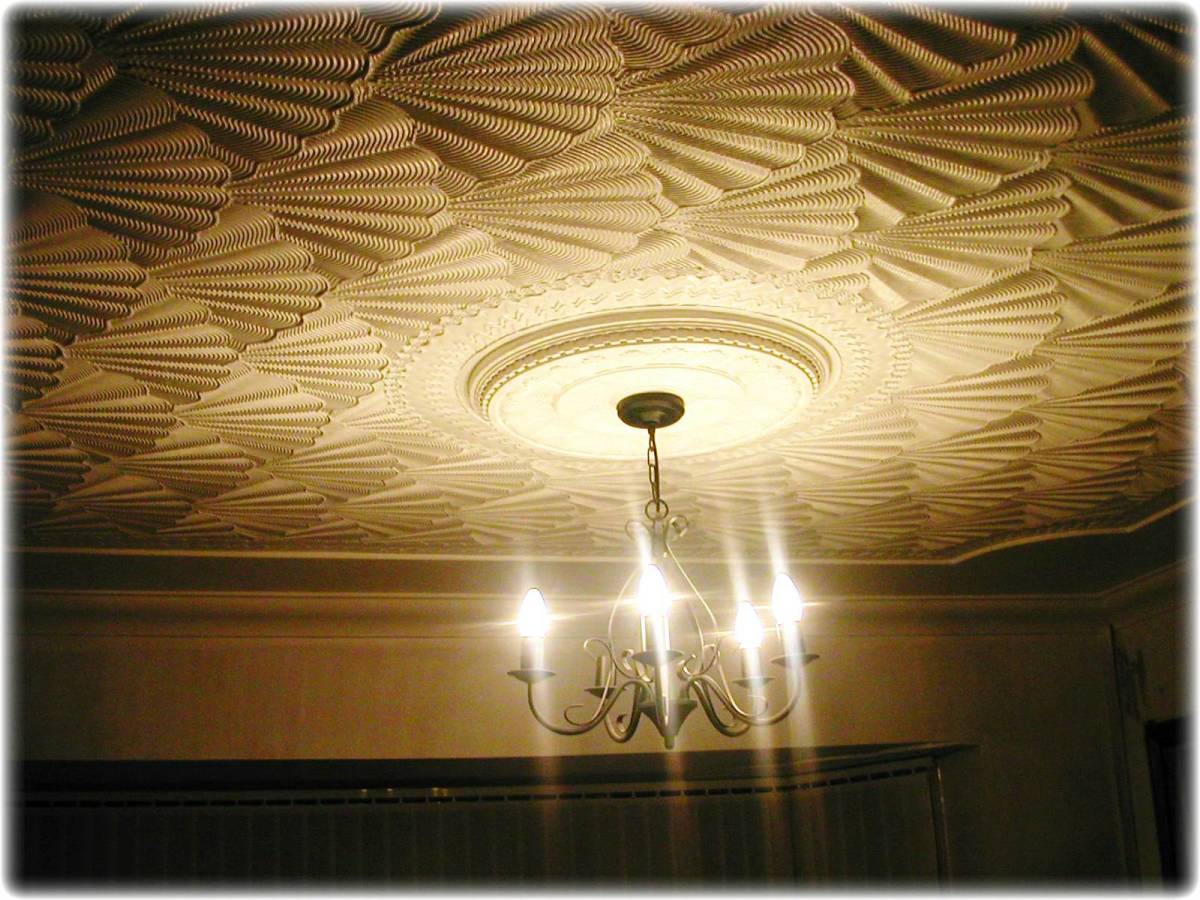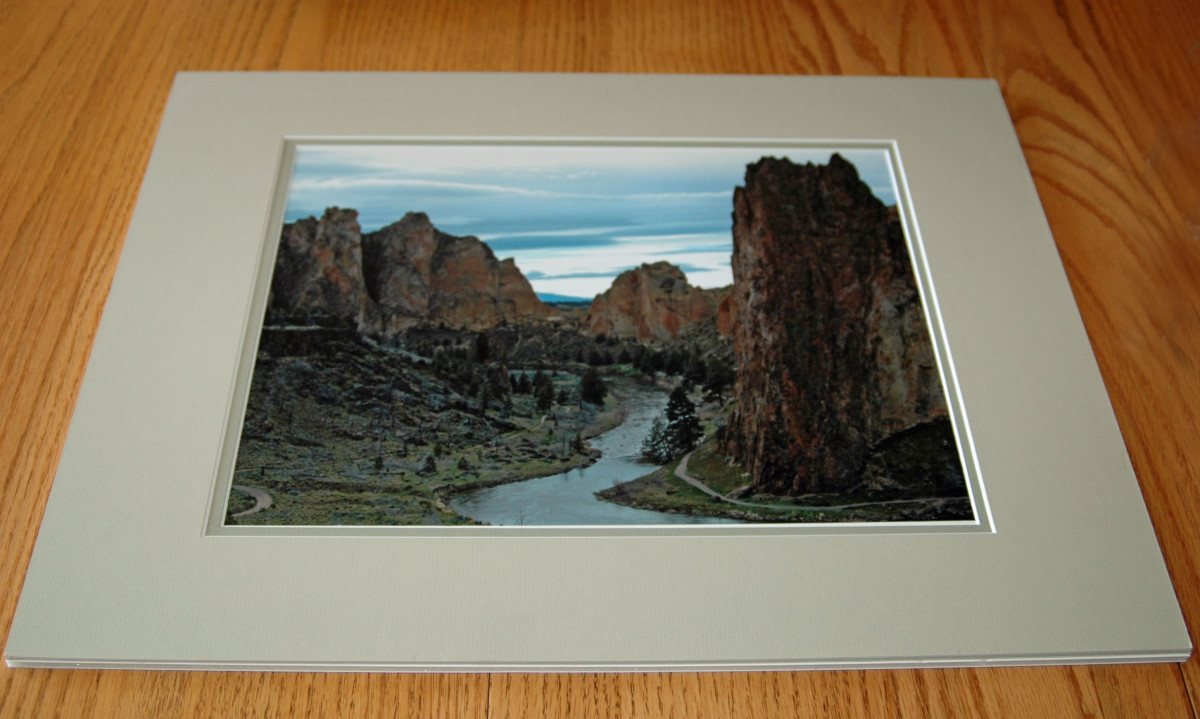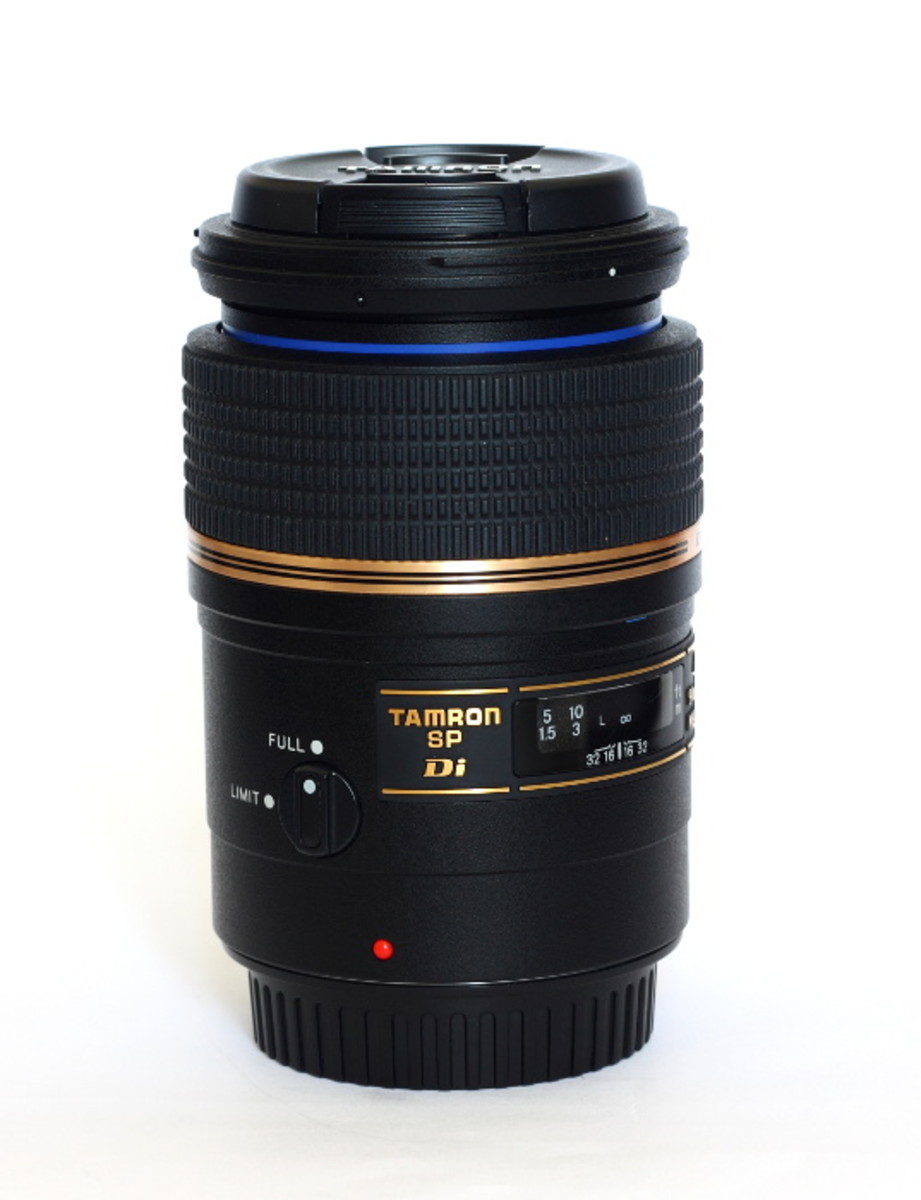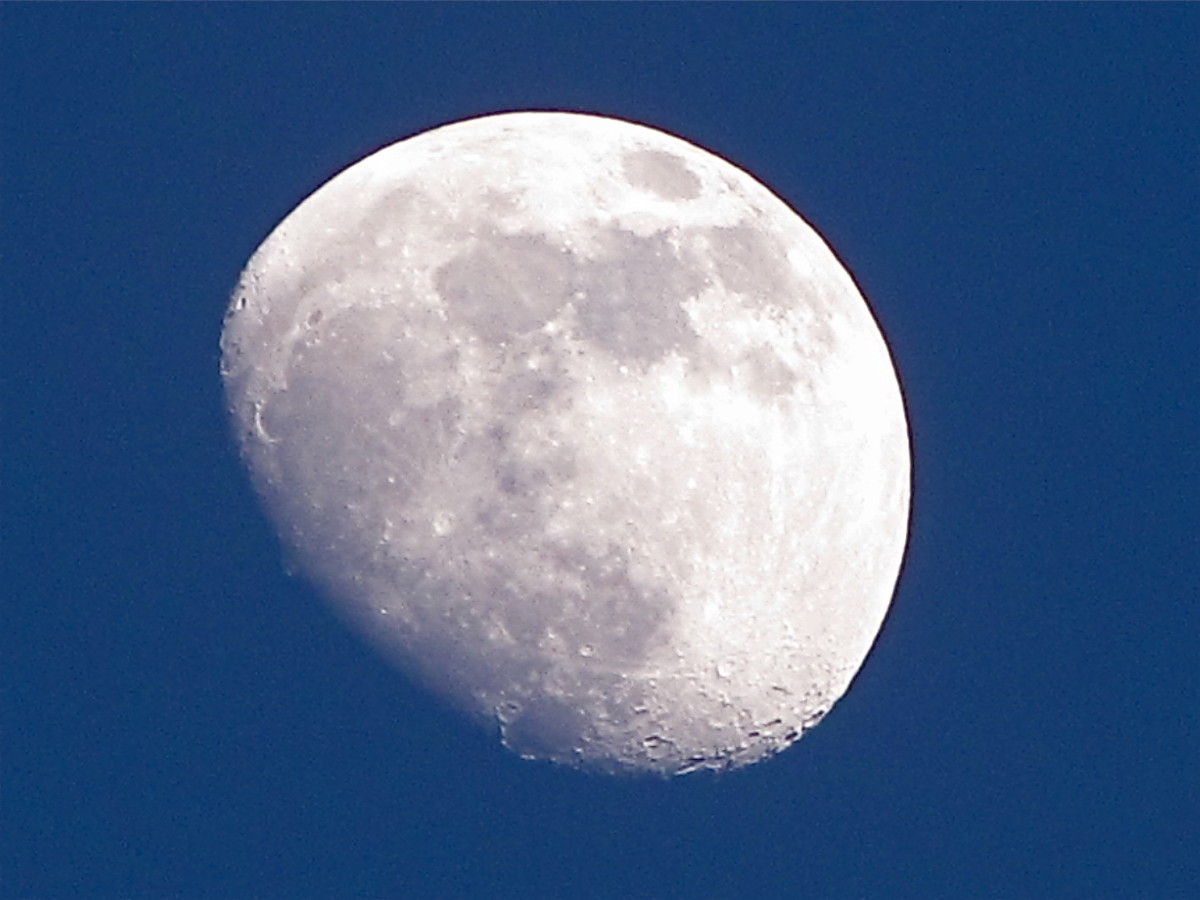Photographing Abstract & Texture
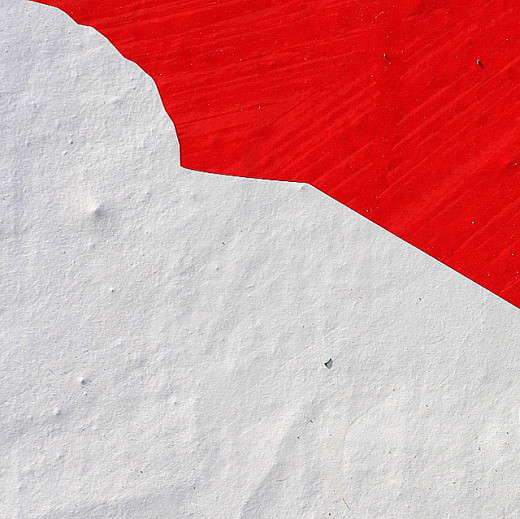
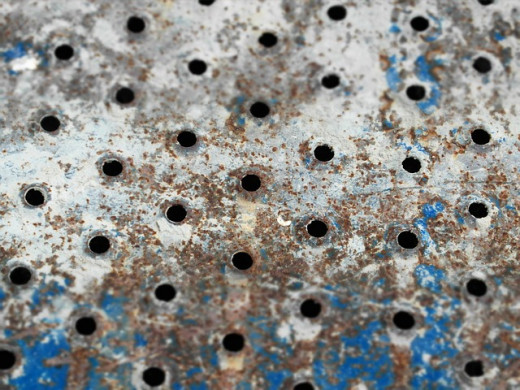
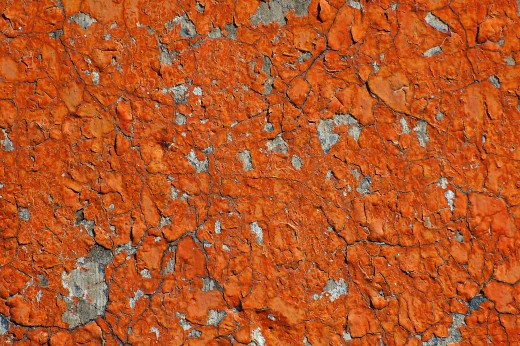
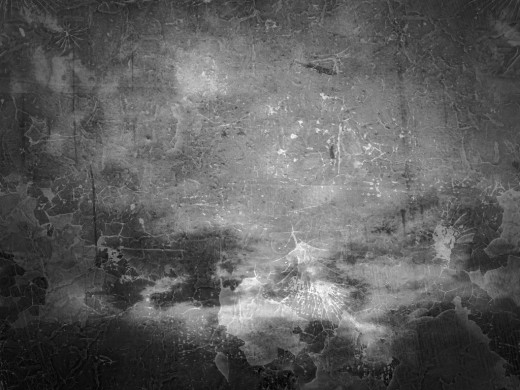
Abstract photography is probably one of the most desirable photographic project that an artistic photographer can undertake basically the "book" is thrown out and this gives the photographer free unbridled reign to create.
Some abstract photography focuses on capturing unrecognizable shapes, others focus on capturing images that display textures yet others mainly focus on colors. You can do a project that focuses on colors and textures.
Although some of the best textures to use in photography are those that show the passage of time and the effects of weather, there are samples that can encompass both a good weathered texture that still retains some hints of the original rich color palette.
An abstract project can include most any subject so long as it applies to the theme that the photographer has chosen to pursuit Some of the best subjects are paintings, weathered and fading walls, wood that has been exposed to the elements, weathered signs, rusting metals, fall scenes, especially if you can frame the scene in the photo itself, and so on.
In other to achieve the main theme, you should look for subjects that not only have a discernible texture that is appealing but that it also features a rich vibrant color hue. Not all of the surface has to be painted or full of color. Sometimes it is enough to show smaller traces but the paint must be vivid. If it's too dull or "soft" then it is lost within the main scene.
The color is used to capture the attention of a viewer and the texture is meant to keep that attention focused on the image itself as the viewer usually takes a closer look and visually admires the color texture combination.
You can also add other elements such as rusting metal alongside wooden surfaces, textured concrete along wood or metal. The combinations are many. You just have to carefully examine the scene presented in front of you and frame it with the viewfinder until you find a good combination and then take the shot.
Use a lens that allows you some room to crop and get close, that is mostly all the equipment that you will need unless the location lack enough ambient light in which case a flash unit set to low light should suffice. Regardless of the surface and materials use a diffused light source.
Framing it with the viewfinder first allows you to compose the shot without wasting film or memory space. This does not mean that you should only take one shot. Take several shots and frame each differently and use variants in angles and perspectives. Then examine the results and choose the image that best represents what you consider to be the best combinations of angles, color texture combination and perspective.
If the samples you come upon are actual paintings then try to crop the frame if one is included. You need to show the scene or subject without readily giving away what the actual subject is.
If you capture scenes that are what you had in mind but may lack the vibrancy then you may manipulate the colors with a digital editing program. You can also add backgrounds or even join two images to create one by using digital layers.
If you are artistically inclined then consider creating your own samples. Choosing the color is rather easy but the texture is a little more difficult and takes some planing Once you have the surface upon which you will lay down the paint it is a good idea to consult with the hardware or art store staff as to how to simulate textures. Rubber gloves, sponges, some abrasives, sand paper, plastic sheets
and different tools can accentuate texture as well as simulate the effects of time and the elements.
It would be worth it to see some videos or tutorials in regards to how painters use tools, acrylics and other substances to create texture in their paintings. Their techniques and methodologies can go a long way in helping you make you own creations that much better.
But before trying your hand on the actual surface, test it on some other non essential that you can live without materials until you feel comfortable and can move on to the actual material which will become the finished photograph.
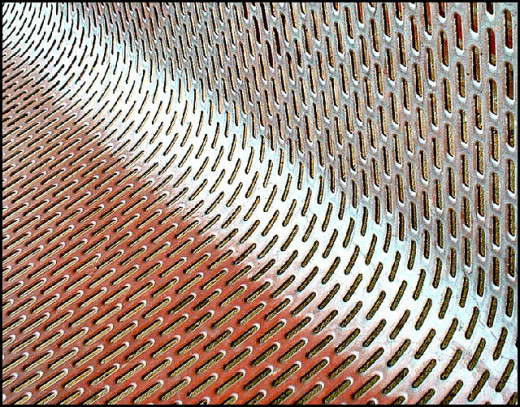
Sample abstract scenes
- Abstract Rustic Background Stock Photo 947339 : Shutterstock
Download royalty free Abstract rustic background stock photo from Shutterstock's library of millions of high resolution stock photos, vectors, and illustrations.
Creating texture
© 2013 Luis E Gonzalez




